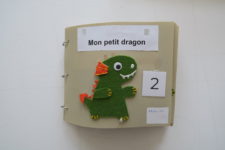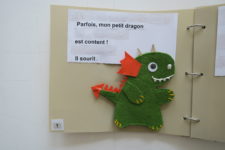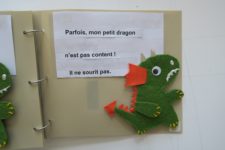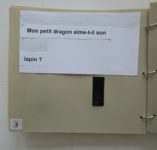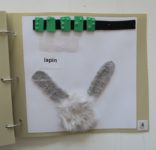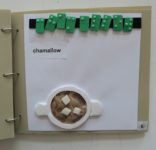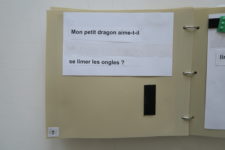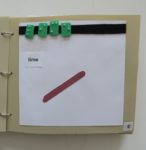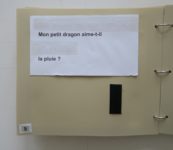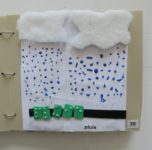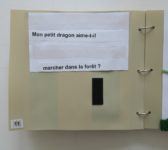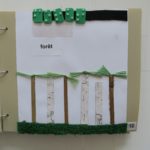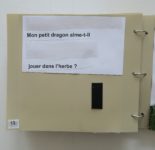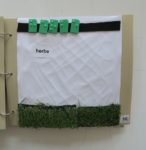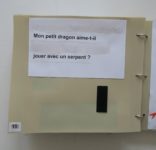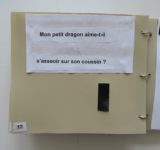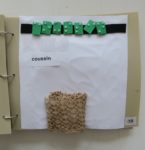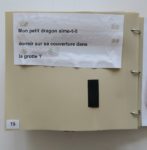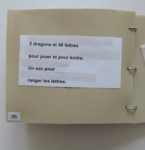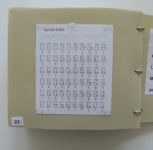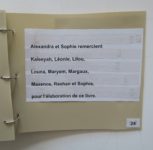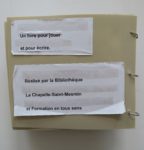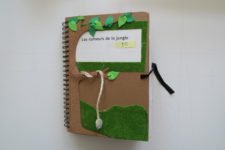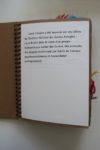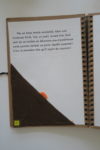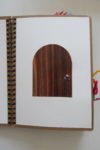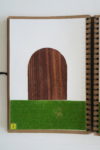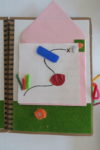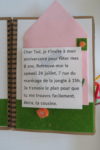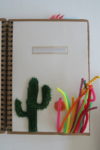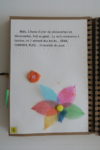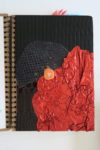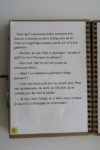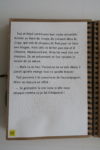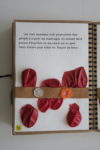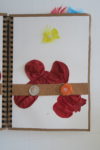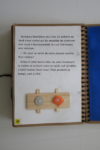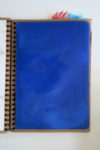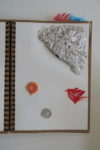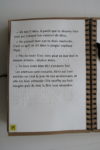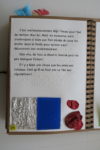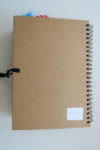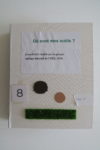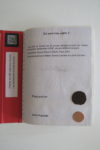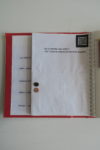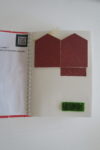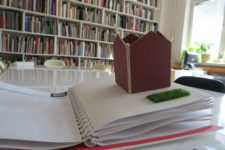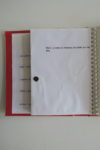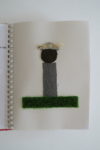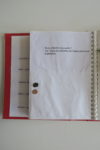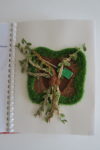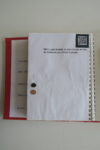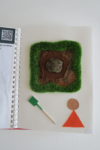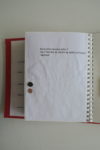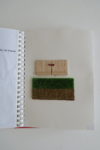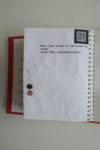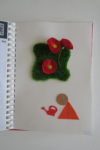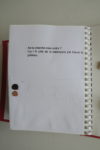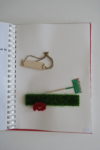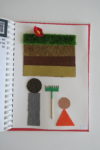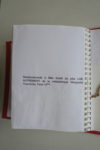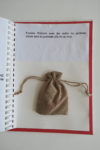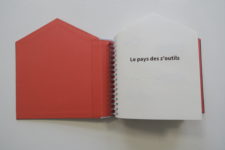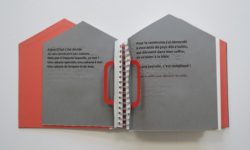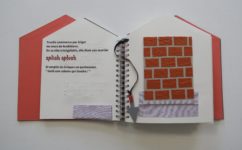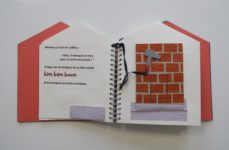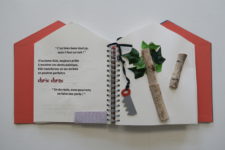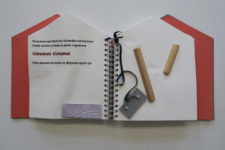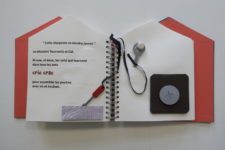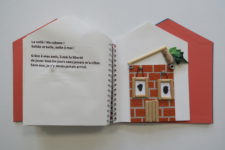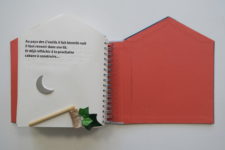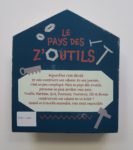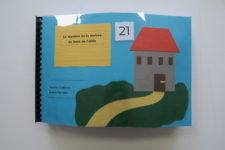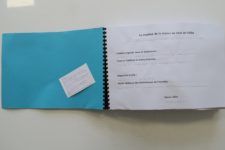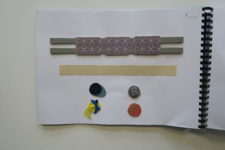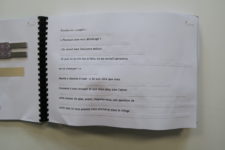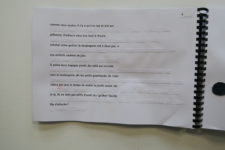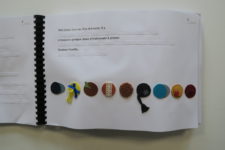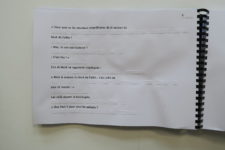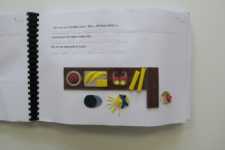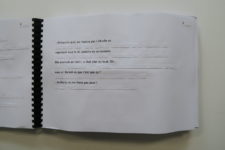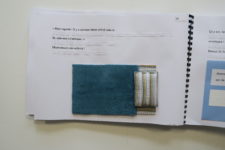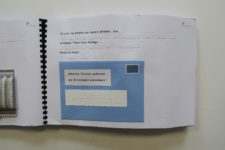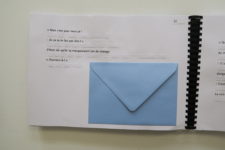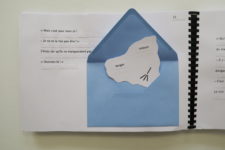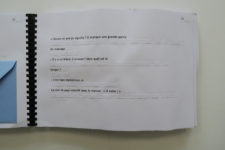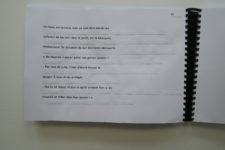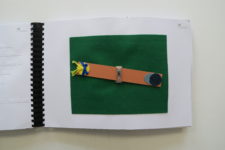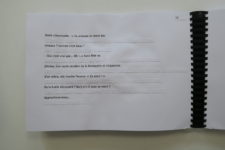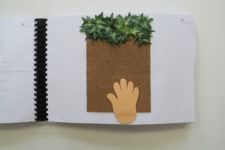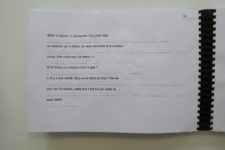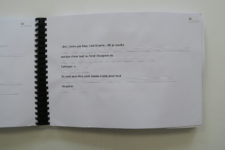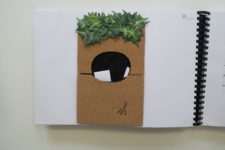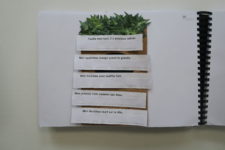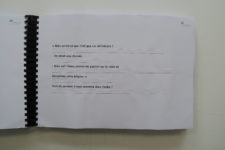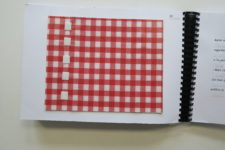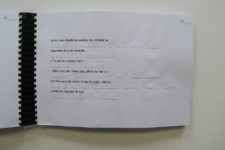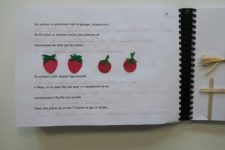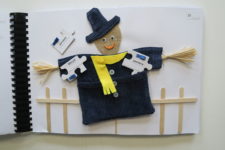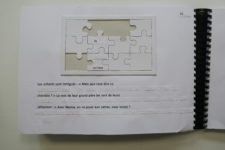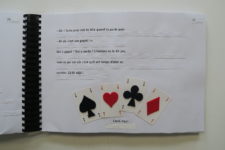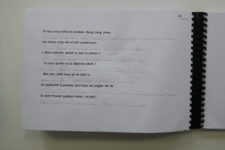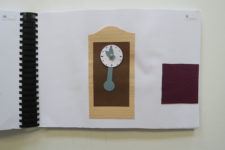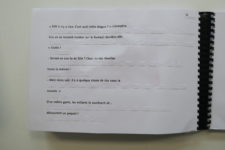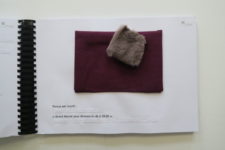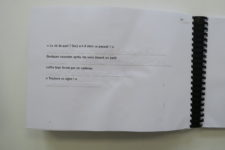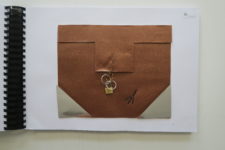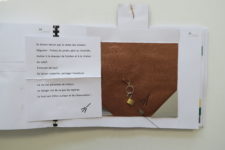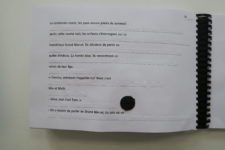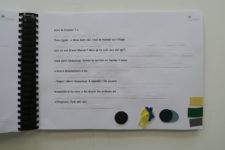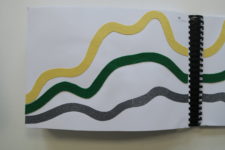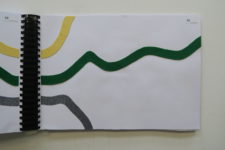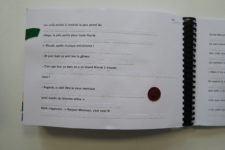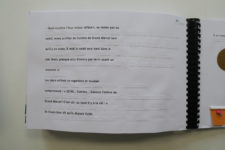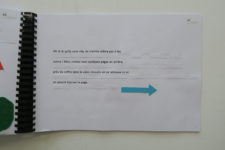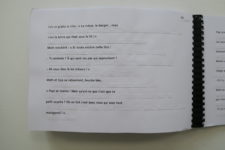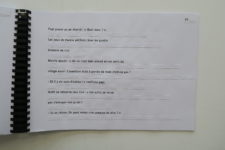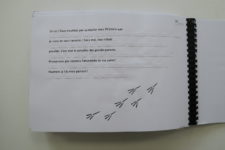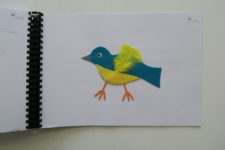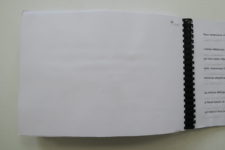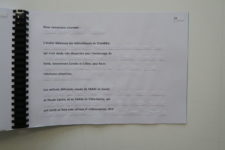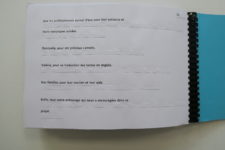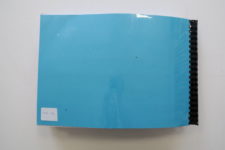In 2024, the Typhlo & Tactus international jury analyzed 69 designs from 17 participating countries for 2 days 1/2.
All the books
Page 7 / 15
Les rumeurs de la jungle (The rumors of the jungle) - Astrid de Foucaud & Louise Balon - France
The text was created by visually impaired children with the help of psychomotor therapist and a speech therapist,
it is a good tool for professionals. It probably works less with families.
Strong Points:
- A cover with illustrations.
- Sound ideas.
- The mud is very interesting.
- The authors use their own material.
- At the end of the book, it makes sense to tell the story in reverse.
- The same symbols for non-readers.
- Representation of the archetype using simple materials.
- A good book.
Points to improve:
- The text is a little short.
- The solidity is questioned.
- There is an inequality in the choice of materials
for the representation of the shadow. - The story is a bit confusing and difficult to follow.
- Too many concentrated ideas, overloading the reading.
- It is important to pay attention to proportions.
The jury’s opinion
Où sont mes outils ? (Where are my tools ?) - Laure Nabet & Audrey Lecoeur - France
Strong points:
- The work with space is interesting.
- The caption introduces the characters.
- The code is in front of the dialogue
sentences, to find out who is speaking. - This is an interesting way of talking.
- This book is interactive.
Points to improve:
- There is a lot of detail, which is perhaps difficult to grasp.
- A few safety shortcomings were noted.
- The material between the mountain and the trees is too soft.
- The mirror illustration: the reflection is too visual an image.
- A few errors of proportion.
- The canvases are a little large.
The jury’s opinion
Le Pays des Z'Outils (The land of Z'Tools) - Camille Morandeau, Celia Macon & Ninon Gondal - France
Strong points:
- Interesting legend, presentation of each tool..
- This is a subject that is not often covered, so it’s relevant.
- The text also provides sound effects, giving children the pleasure of discovery.
- The technique used to open the box is clever.
- The format of the book is very good and ties in with the house being built.
- The story is fun, instructive and even educational.
- The onomatopoeia is dynamic.
- Learning about different planes: verticality and horizontality.
- Moving from 2D to 3D.
- The binding has a spine, which is very attractive and practical.
- It’s a lovely book with lots of explanations.
- You can make different sounds with each tool.
Point à améliorer:
- It would be interesting to have metal tools.
The jury’s opinion
Le mystère de la maison du bout de l'allée (The mystery of the house at the end of the alley) - Yasmina Crabieres & Audrey Popineau - France
Strong points:
- The text is long, it’s a layout that can be aimed
at readers, and there aren’t many of them - The use of Braille on the paper strips.
- The idea is relevant to the representation of the characters.
- There is interaction between the book and the reader.
- These are great ideas.
- There’s a nice harmony, a good rhythm between the text and the images.
- The materials are interesting.
- The handling is interactive.
- It’s easy to touch and therefore easy to understand.
- The text is interesting, well written and very dynamic.
Points to improve:
- The format is a bit large.
- It moves and the child has to move his body. They can lose focus and it’s not easy to keep a straight face.
- There are some tactile images that lack relief.
- Sentence breaks make it difficult to read.
- There is a confusion of dimensions that makes it impossible to recognise certain objects.
The jury’s opinion



